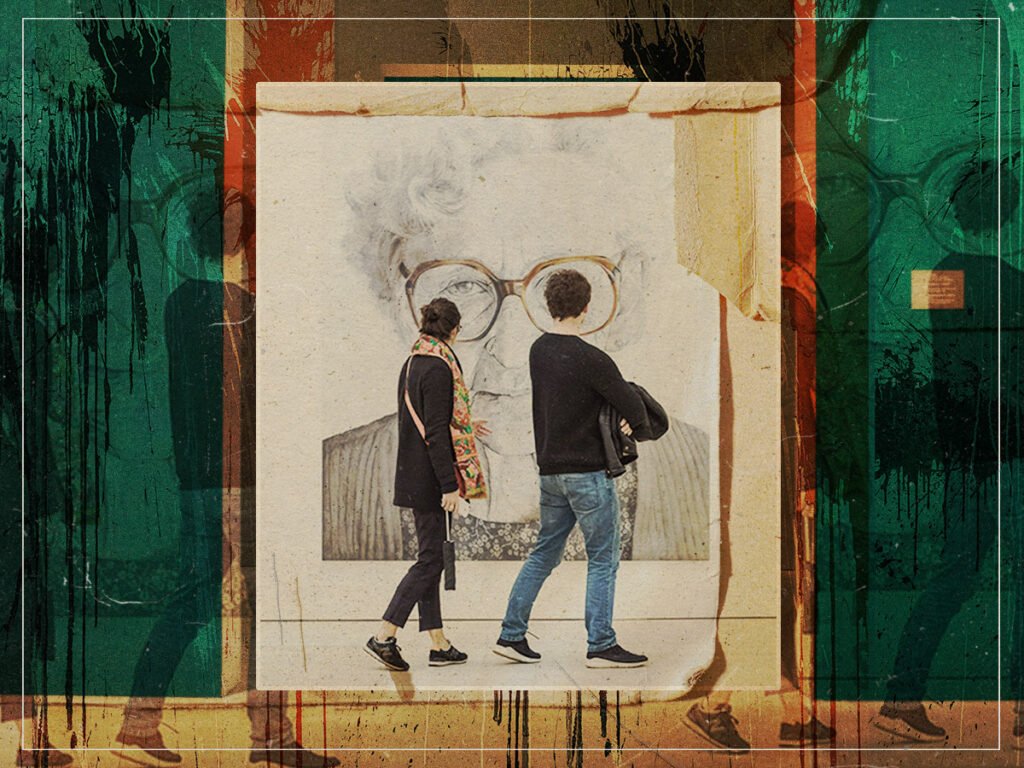
(Credits: Far Out / Jacob Höferlin / Ryan Stefan)
The German government has announced it’s slashing the value-added tax (VAT) on art sales after a long-running demand from dealers struggling to compete in the international market.
Currently, the VAT on art deals in Germany is 19 per cent, which is significantly higher than in other countries. This means that German art dealers have been facing a major disadvantage to their international competitors, causing them to raise their prices to cover the VAT and risk losing sales to other dealers or having to pay more on their earnings.
However, the German cabinet has now approved a reduction to align the VAT with international competitors. The reduced rate will come into effect in January 2025, bringing it down to seven per cent as an over 50 per cent decrease.
Germany did originally have their VAT set at seven per cent, but they implemented an increased it in 2014. The imposed 19 per cent tax rate on dealers was set because the industry was excluded from a list of goods and services eligible for reduced rates in a European Union directive. Only the artists themselves could apply for the seven per cent reduced rare on direct sales, not other members of the art business.
However, in 2022, a new directive was passed that permitted reduced rates of VAT for specified goods and services deemed to “pursue objectives of general interest”. The “supply of works of art, collectors’ items and antiques” is amongst that list. The rate of VAT is capped at a minimum of five per cent of the full price of an item, meaning that Germany has reduced theirs right down to the bones.
The German government see this reduction as a vital move to protect the culture’s art industry. “The reduced rate is an important signal, particularly in difficult times, for the art market and the cultural contribution made by galleries,” the culture minister, Claudia Roth, said in a statement.
The campaign for the reduction was spearheaded by Bundesverband Deutscher Galerien und Kunsthändler (BVDG), the dealers’ association. They’ve been pushing for the reduction to seven per cent for a decade now, claiming that the current 19 per cent rate was holding back Germany’s art scene. They also stated it caused the art market to stagnate and led to the closure of galleries, as well of detering prospective people from opening new ones.
As the reduction passed, the cultural minister seemed aligned with their arguments as her statement said that the change “eliminates imbalances in taxation and strengthens Germany’s art market, including on an international level.”
It’s a welcome change and a cause for celebration for German art dealers, with the BVDG saying of the news, “It increases its competitiveness and makes it fit for the future.”
Related Topics

